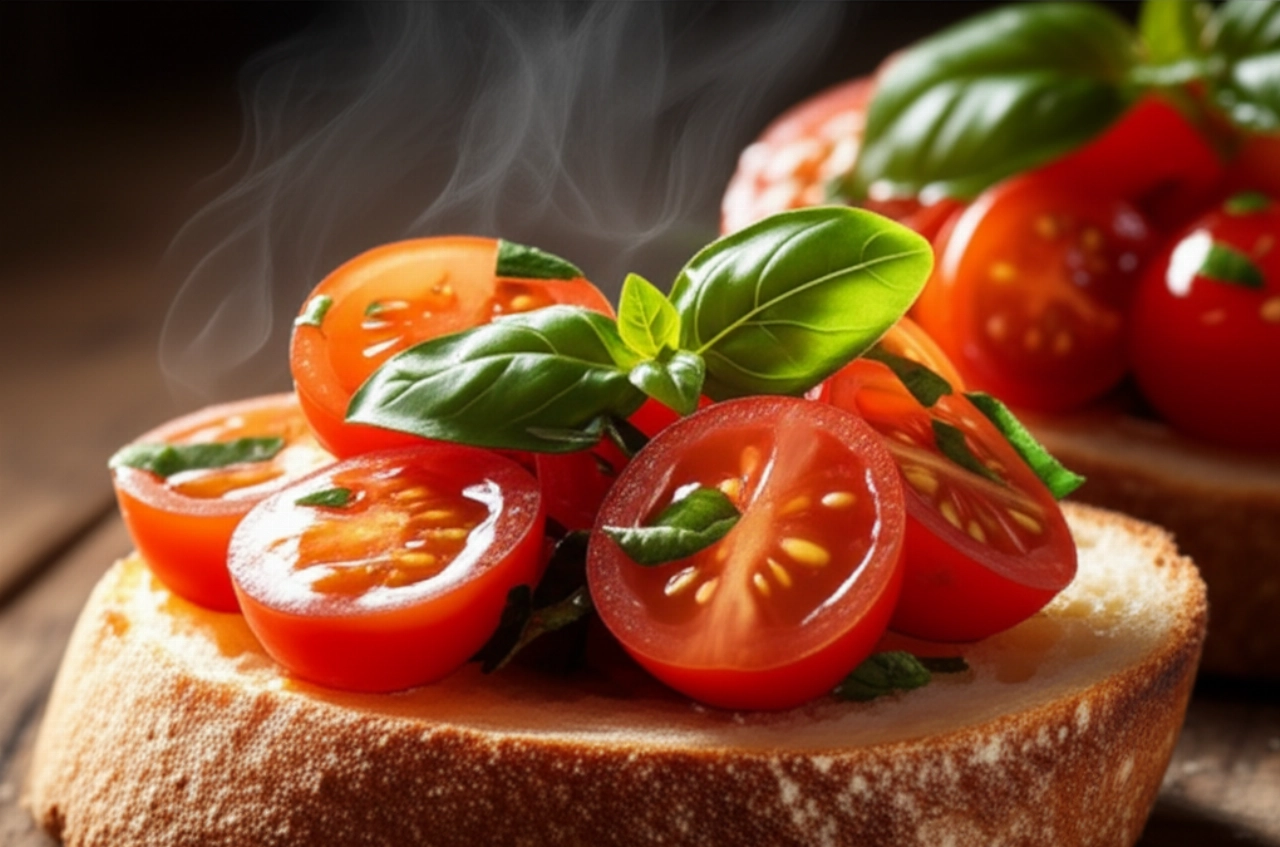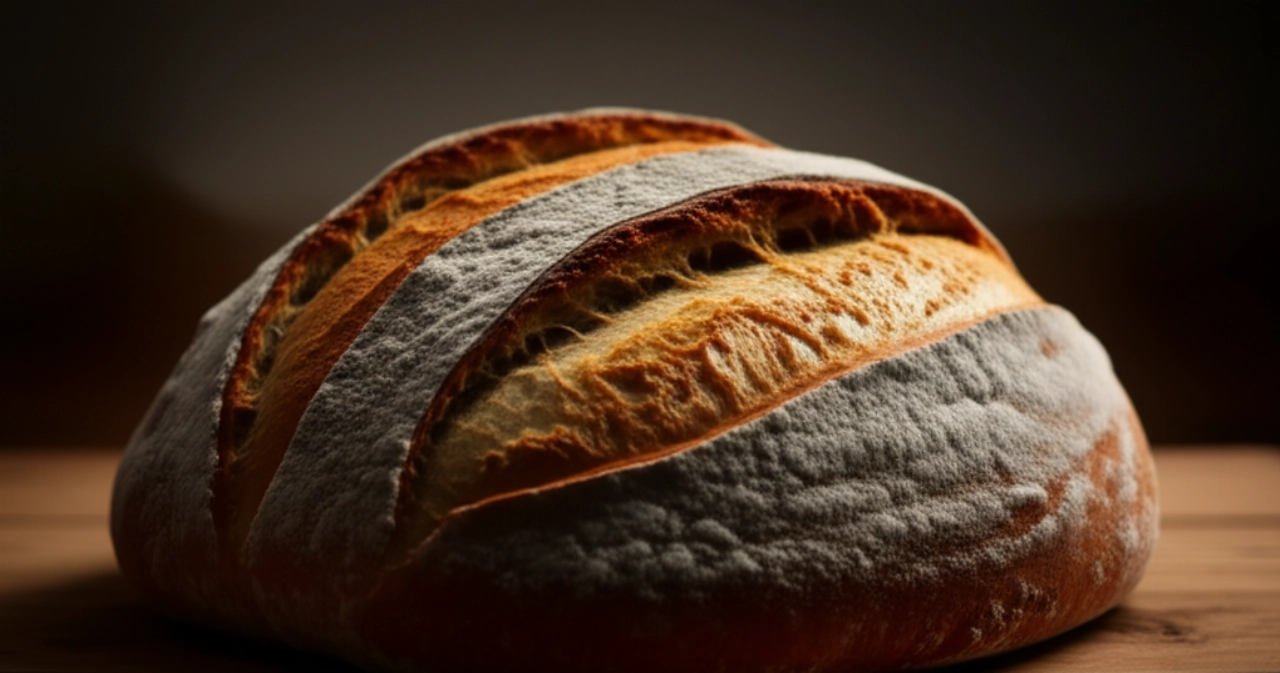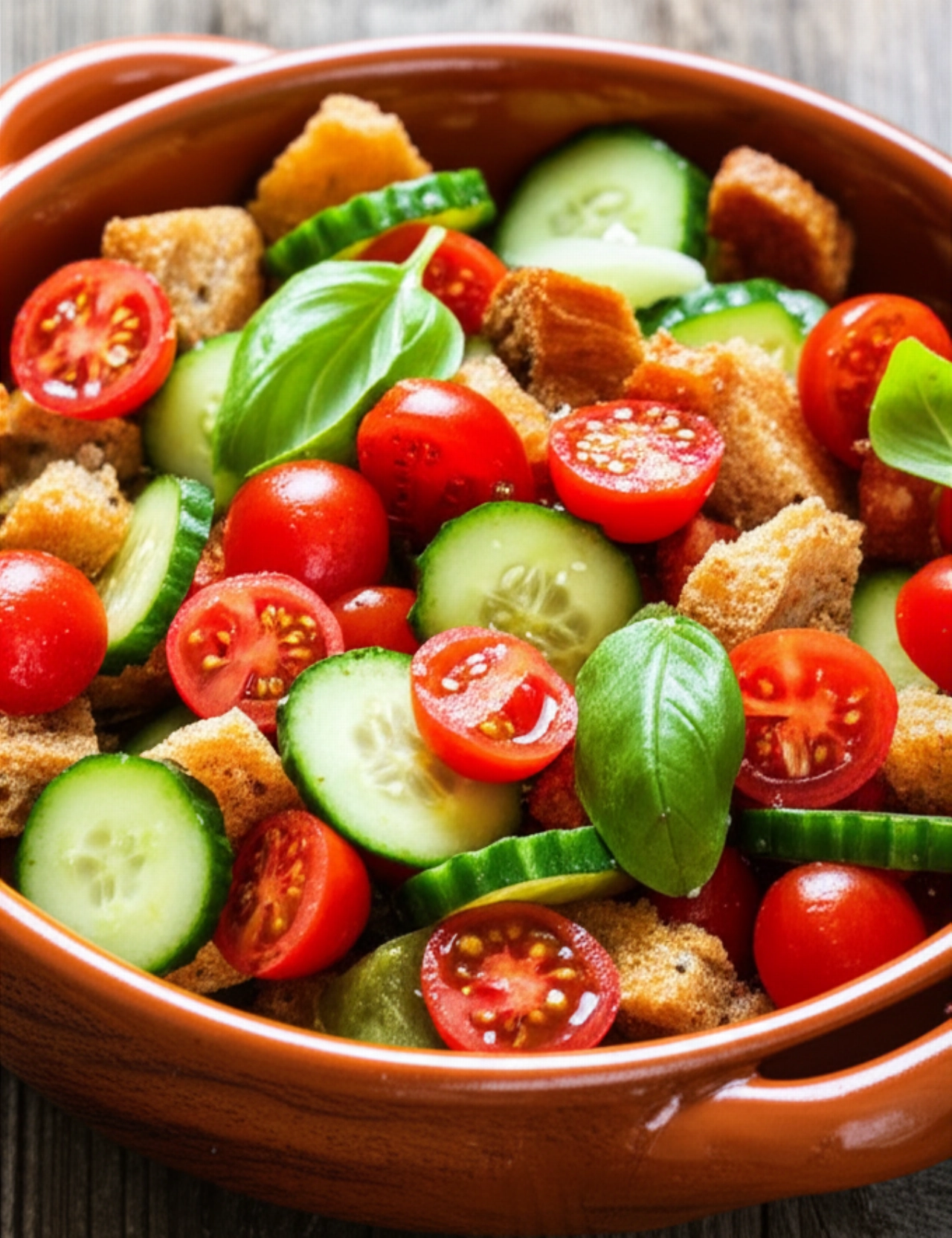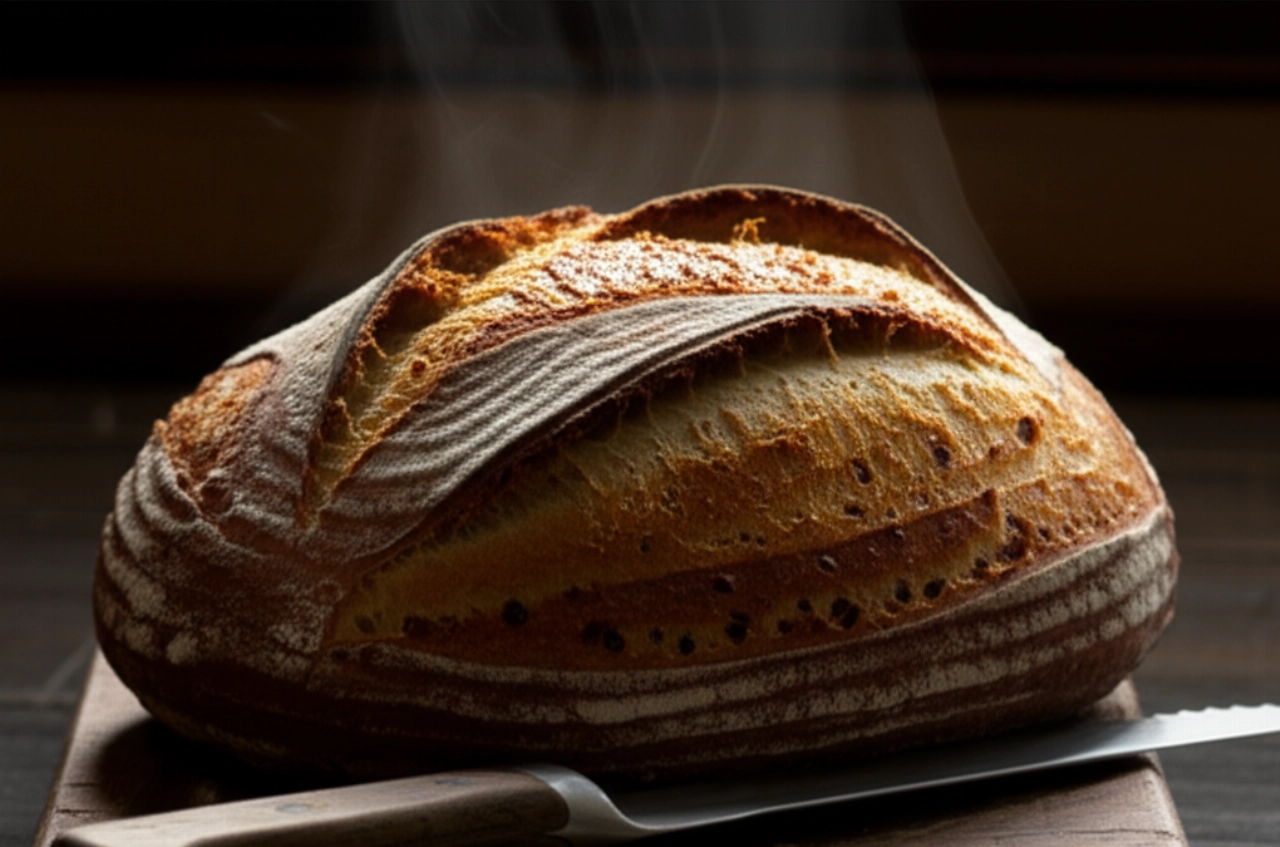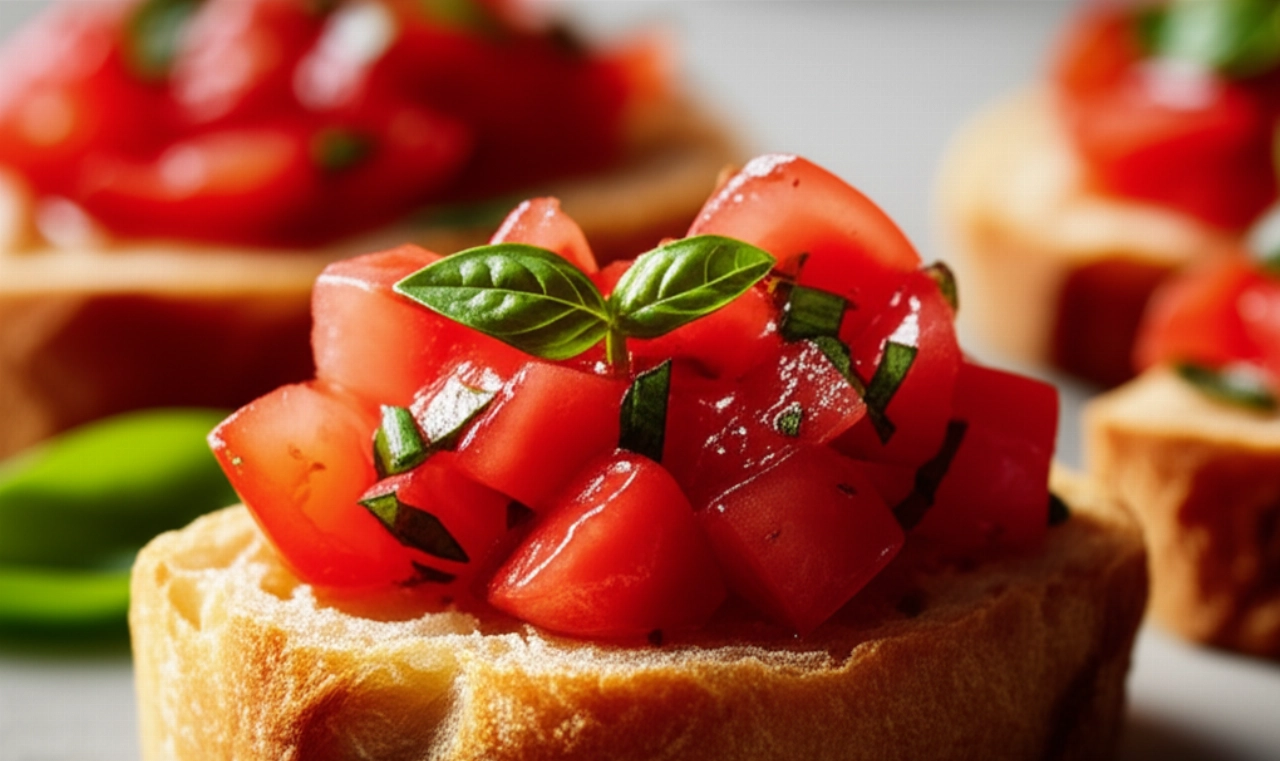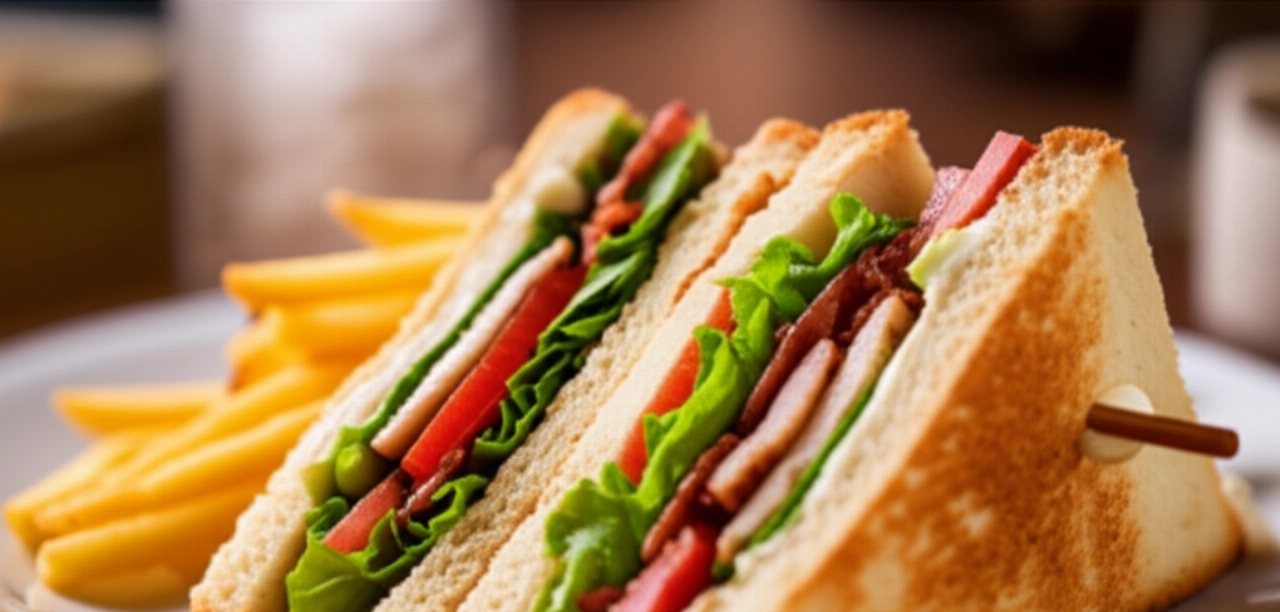Dreaming of bringing to your table a Genoese Pandolce that smells of tradition, Christmas festivities, and hugs? A sweet bread with a perfect consistency, that melts in your mouth and leaves an indelible memory, just like the one grandma used to make?
Too often, however, we face fear: dough that doesn't rise, a sweet bread that becomes dry and crumbly after a few hours, or the doubt of not following the true traditional recipe. How many times have you thought: "If I make a mistake, I'll waste precious time and ingredients"?
Make yourself comfortable, because your search ends here. On this page, you won't just find a list of ingredients, but the definitive guide, full of tricks and tips, to prepare the most authentic and soft Genoese Pandolce you've ever tasted. Whether you prefer the tall or the low version, success is guaranteed. You'll feel at home, with the certainty of an impeccable result.
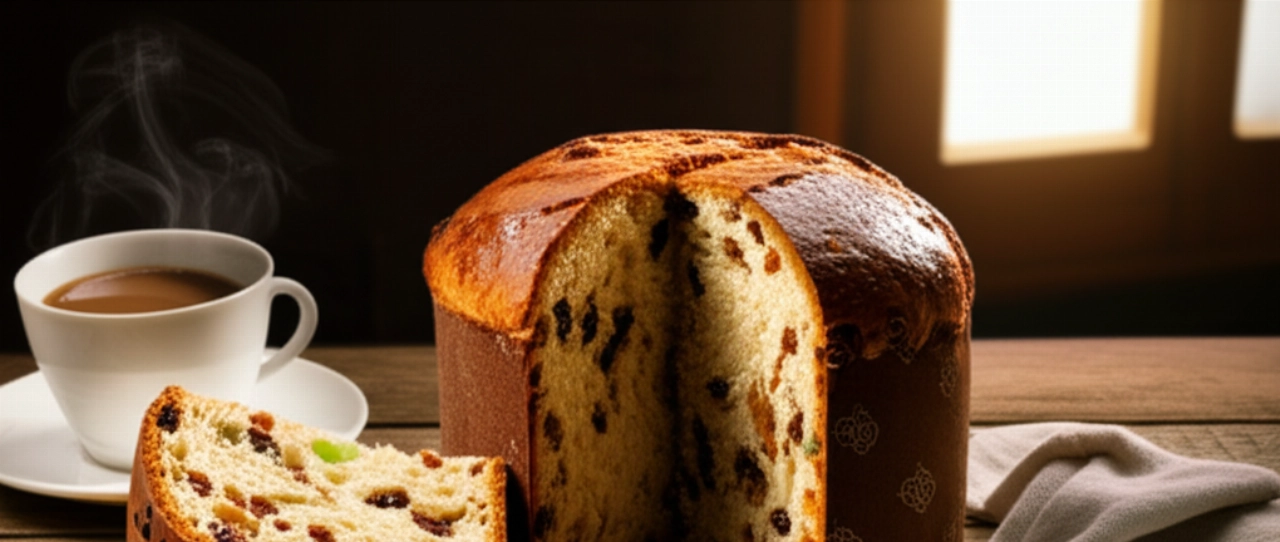
Ingredients for a Perfect Genoese Pandolce: The Choice That Makes the Difference
The magic of Genoese Pandolce begins with the quality of its ingredients. It's not just a list, but a thoughtful selection that will ensure an excellent result. Here's what you need and why:
- Flour: Use strong flour (Manitoba type or a 00 with high W, around 300-350). It's essential because it needs to support a long leavening process and the addition of many fats and candied fruits. Do not use weak flours, or your pandolce will not rise properly.
- Yeast: Traditionally, sourdough starter is used, which gives an unparalleled aroma and shelf life. If you don't have it, you can use fresh brewer's yeast, but dose it carefully and respect the timings. I'll reveal the doses for both.
- Butter: Of excellent quality, at room temperature. It must be soft but not melted, to incorporate perfectly into the dough and give that unique melt-in-your-mouth quality.
- Sugar: Granulated, to sweeten without weighing down.
- Eggs: At room temperature. They help bind the dough and give softness and color.
- Raisins and Candied Fruit: First choice! Raisins must be soft and juicy (soak them in warm water or rum for 15 minutes and then squeeze them well). Candied fruits (citron, orange) must be fragrant and not dry. They are the soul of pandolce, don't skimp on quality.
- Pine Nuts: Fresh and whole, they add a crunchy and aromatic note.
- Orange Blossom Water and Vanilla: For an intoxicating and authentic aroma. Do not underestimate the importance of natural flavors.
- Salt: A pinch is essential to balance the flavors and enhance the sweetness.

The 3 Common Genoese Pandolce Mistakes (and How to Avoid Them for Guaranteed Success)
Even the most experienced cooks can fall into some pitfalls. But don't worry, your grandma chef is here to protect you! Here are the most common mistakes and how to avoid them:
- Dough Too Hard or Too Soft: If the dough is too hard, the pandolce will be compact and poorly risen. If it's too soft, it will struggle to develop in height. The secret is to achieve the right consistency: elastic, not sticky, but soft. Add liquids (milk or water, if necessary) little by little and knead patiently.
- Incomplete or Excessive Leavening: Haste is the enemy of leavening! A poorly risen pandolce will be heavy. One that has risen too long, on the other hand, might collapse during baking or have a sour taste. Follow the indicated times carefully, and observe the dough: it should double in volume, not triple.
- Incorrect Baking: An oven that's too hot burns the outside and leaves the inside raw. An oven that's too cold dries out the pandolce. Temperature and times are crucial. I will guide you step by step for perfect baking, ensuring a golden crust and a soft interior.

The Magic Touch: The Secret My Grandma Handed Down to Me for a Foolproof Pandolce
I still remember my grandma, with floury hands, explaining her trick for a truly special Genoese Pandolce. It wasn't a secret ingredient, but a gesture, a care:
"Dear one, when you knead, don't rush. Every ingredient must be incorporated with love. And when you add the candied fruit and raisins, don't just throw them in! Lightly flour them before adding them to the dough. This small gesture prevents them from sinking to the bottom during leavening and baking, ensuring an even distribution and a perfect bite with every slice."
This simple but brilliant tip truly makes a difference. Try it and see!
Let's Prepare Genoese Pandolce Together: The Step-by-Step Guide to a Masterpiece
Ingredients (for a Pandolce of about 1 kg):
- 500 g strong flour (Manitoba or 00 W 300-350)
- 150 g soft butter
- 150 g granulated sugar
- 2 medium eggs at room temperature
- 100 ml lukewarm water (or milk, if preferred)
- 10 g fresh brewer's yeast (or 150 g refreshed sourdough starter)
- 150 g sultana raisins
- 100 g mixed candied fruit (orange and citron)
- 50 g pine nuts
- Zest of 1 untreated lemon
- 1 vial orange blossom extract (or 2 teaspoons orange blossom water)
- 1 pinch salt
Tools Needed:
- Stand mixer with dough hook (recommended) or large bowl
- Plastic wrap
- Baking sheet
- Parchment paper
- Kitchen thermometer (optional, but useful)
Instructions:
- Prepare Aromas and Fruits: Soak the raisins in lukewarm water for about 15 minutes. Meanwhile, cut the candied fruit into small cubes. Drain and squeeze the raisins well, then dry them with paper towels. In a bowl, combine raisins, candied fruit, and pine nuts. Lightly flour them with a tablespoon of the flour intended for the dough. Set aside.
- Activate the Yeast:
- With brewer's yeast: Dissolve the yeast in lukewarm water (not hot, otherwise you'll kill the yeast!) with a teaspoon of sugar. Let it rest for 5-10 minutes until a foamy layer forms on the surface.
- With sourdough starter: Refresh your sourdough starter and use it when è at its peak strength (about 3-4 hours after refreshing).
- Start the Dough: In the bowl of a stand mixer (or a large bowl), pour the flour, sugar, salt, lemon zest, and orange blossom extract. Mix well.
- Add Liquids and Eggs: Begin adding the dissolved yeast (or pieces of sourdough starter) and the eggs, one at a time, kneading at low speed. Let each egg be completely absorbed before adding the next. The dough will initially be sticky, don't worry.
- Incorporate the Butter: When the dough starts to gain consistency, add the soft butter in small pieces, one piece at a time. Knead until the butter is completely absorbed and the dough is smooth, elastic, and detaches from the sides of the bowl (this will take at least 15-20 minutes with a stand mixer, longer by hand). It's crucial that the dough is well-developed.
- Add Fruit and Pine Nuts: At this point, add the floured raisins, candied fruit, and pine nuts. Knead only long enough to distribute them evenly, without overworking the dough.
- First Rise (Bulk Fermentation): Transfer the dough to a lightly greased bowl, cover with plastic wrap, and let it rise in a warm place (around 26-28°C, for example, in an unheated oven with the light on) until doubled in volume. This will take 3 to 6 hours with brewer's yeast, and 8 to 12 hours (or even more) with sourdough starter. Be patient!
- Shaping the Pandolce:
- For the Low Pandolce: Gently deflate the dough and form a low, wide disk, about 3-4 cm high.
- For the Tall Pandolce: Gently deflate the dough and form a ball. Place it in a low panettone mold or a tall parchment paper ring, buttered and floured, with a diameter of about 18-20 cm.
- Second Rise (Proofing): Cover the shaped pandolce again with plastic wrap and let it rise in a warm place until it has almost doubled in volume (about 1-3 hours for the low version, 2-5 hours for the tall version, depending on the yeast and temperature).
- Baking: Preheat the static oven to 170°C. Bake the pandolce for about 40-50 minutes for the low version, and 50-70 minutes for the tall version. If the surface darkens too much, cover with a sheet of aluminum foil. Do the toothpick test: it should come out clean.
- Cooling: Once baked, remove the pandolce from the oven and let it cool completely on a wire rack. Resist the temptation to cut it while warm, otherwise the consistency will be ruined!
Tips and Frequently Asked Questions about Genoese Pandolce
Here are some of the most common questions you might ask yourself while preparing your Genoese Pandolce. Your grandma chef has all the answers!
- What is the difference between Tall and Low Pandolce?
- The main difference lies in the shape and leavening. The Low Pandolce is the older and more traditional version, more compact and less risen, baked directly on a baking sheet. The Tall Pandolce is a more modern version, which benefits from a more vigorous leavening and is baked in a tall mold, similar to panettone, resulting in a softer and airier texture. Both are delicious!
- Can I substitute brewer's yeast with sourdough starter? And vice versa?
- Absolutely yes! The original recipe calls for sourdough starter, which gives superior aroma and shelf life. If you use sourdough starter, remember that the leavening times will be longer. If you use brewer's yeast, follow the indicated doses and times. It is not advisable to substitute brewer's yeast with instant baking powder, as it is not suitable for this type of leavened dough.
- My Pandolce turned out dry, what did I do wrong?
- The most common causes are baking too long or at too high a temperature, or the dough being too dry from the start. Make sure not to bake it for too long (do the toothpick test!) and that the dough is well-hydrated and soft before leavening. The quality of the butter and flour also affects the final softness.
- How can I store Genoese Pandolce?
- Pandolce keeps very well at room temperature, wrapped in plastic wrap or in a food bag, for several days. In fact, its flavor improves after a day or two. You can also freeze it sliced or whole once cooled; thaw it at room temperature before serving.
- Can I add other types of dried fruit or candied fruit?
- Certainly! Tradition calls for raisins, citron, and orange, but you can customize it with dried figs, walnuts, almonds, or other candied fruit you love. The important thing is to respect the total quantities so as not to weigh down the dough too much.
There you have it! Now you no longer have just a recipe, but all the secrets to bring to your table a Genoese Pandolce that tastes of home, tradition, and love. A sweet bread that will make your guests' eyes light up and fill you with pride.
Don't be afraid to experiment. Cooking is an act of creativity and sharing. But start from this solid and foolproof base, and you'll see that applause won't be lacking. The aroma that will emanate from your kitchen will already be a reward!
Have you tried our recipe? We're curious to see your masterpiece! Leave a comment below, tell us how it went, or share a photo on Instagram by tagging @CercaRicette.it. If you loved this Christmas sweet bread, you can't miss our recipe for Homemade Panettone or another classic like Traditional Soft Torrone. Italian cuisine awaits you!
